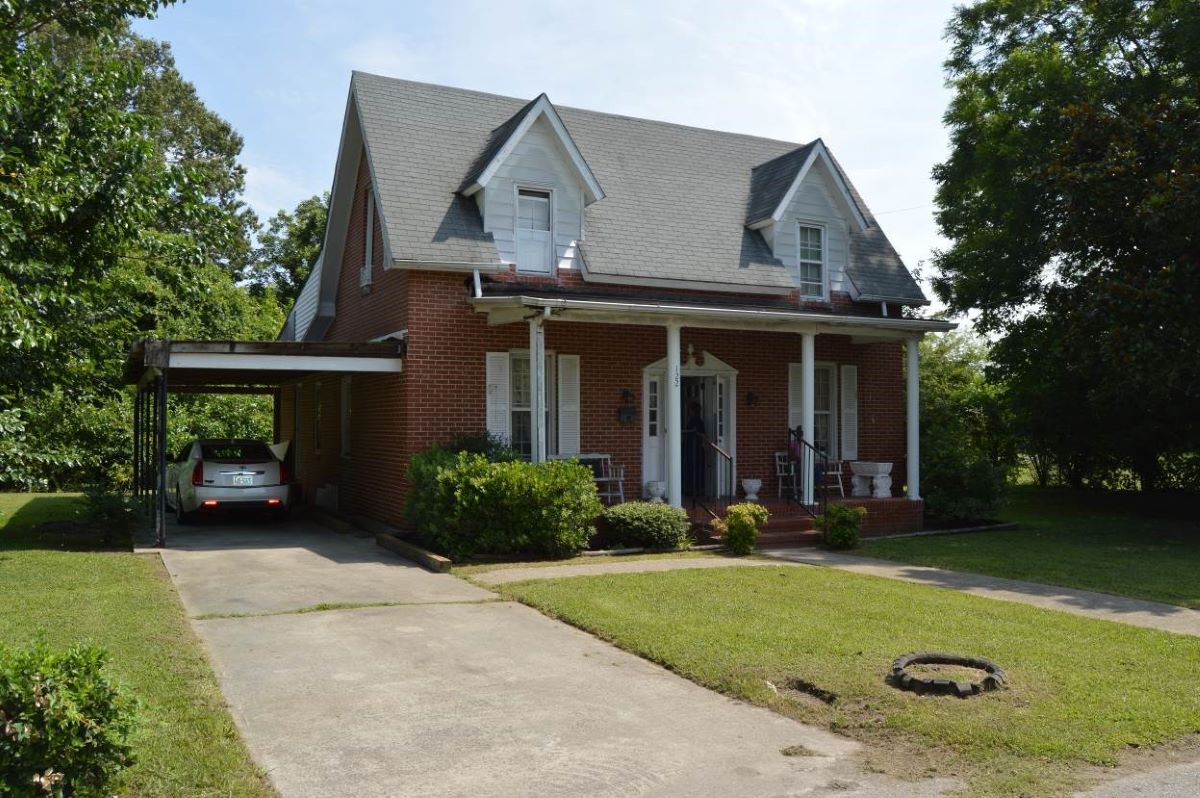
Three properties in eastern North Carolina are now on the official list of the nation’s historic places worthy of preservation.
North Carolina Department of Natural and Cultural Resources announced Tuesday that a total of 15 properties across the state and two districts have been added this year to the National Register of Historic Places.
Supporter Spotlight
Authorized by the National Historic Preservation Act of 1966, the National Park Service’s National Register of Historic Places is part of a national program to coordinate and support public and private efforts to identify, evaluate, and protect America’s historic and archeological resources.
The three properties in the region added this year to the register are the Golden Asro and Ruth Holley Frinks House in Edenton, the Davis School in Engelhard, and Holt’s Chapel School in the Oriental vicinity in Pamlico County.
“North Carolina’s longstanding dedication to preserving its historical treasures echoes through the latest additions to the National Register of Historic Places,” said Reid Wilson, secretary of the North Carolina Department of Natural and Cultural Resources. “By commemorating these landmarks, we retain our unique narrative, invigorate local economies, and celebrate the rich tapestry of our state’s history and culture.”
Over the years, various federal and state incentives have been introduced to assist private preservation initiatives, including tax credits for the rehabilitation of National Register properties. As of Jan. 1, 2023, over 4,209 historic rehabilitation projects with an estimated private investment of over $3.5 billion have been completed, officials said.
The listing of a property in the National Register places no obligation or restriction on a private owner using private resources to maintain or alter the property.
Supporter Spotlight
The state provided histories on each of the buildings added this year.
Golden Asro and Ruth Holley Frinks House in Edenton listed Aug. 8 is locally significant in the area of Civil Rights for its association with Black activist Golden Asro Frinks throughout his productive career.
Frinks and other Civil Rights leaders traveled throughout the United States facilitating nonviolent direct action that led to the passage of the 1964 Civil Rights Act and 1965 Voting Rights Act and hastened the implementation of the legislation. Frinks and the Rev. Frederick H. LaGarde led an effort, known as the Edenton Movement, which brought national attention to the small town.
During December 1962 and May 1966 trips to northeastern North Carolina, Dr. Martin Luther King Jr. had a meal at the Frinks’ residence, called Freedom House due to its function as a meeting place, protest origination point, and lodging place for visiting equal rights advocates.
The period of significance for the Frinks begins with the couples’ 1958 acquisition and renovation of the dwelling and ends in 1973. The dwelling displays integrity of design, materials and workmanship from this period, during which all substantial modifications were made for the Frinks.
The Davis School campus listed April 17 is one of two in Hyde County that served first through 12th grade African American youth during the mid-20th century.
Davis School’s significance at the local level is in the areas of education, Black ethnic heritage, and Civil Rights. The period of significance for Davis School begins with the 1953 building’s completion and ends in 1970, when full integration was finally achieved in Hyde County.
The campus is the product of a statewide mid-20th-century campus improvement and consolidation campaign. The complex includes a 1953 school with a 1964 gymnasium/auditorium and locker rooms, and 1971 cafeteria/kitchen wing as well as a freestanding 1964 classroom.
The gymnasium/auditorium and classroom building were built as the Hyde County Board of Education attempted to “equalize” facilities for Black and white youth rather than desegregate them.
Davis School students and their families played a significant role in the African American community’s 1968-1969 public school boycott in response to the county Board of Education’s May 1968 plan to close both schools, consolidate all mainland Hyde County students, and terminate many African American faculty and staff.
Holt’s Chapel School near Oriental listed Aug. 8 is eligible for the register in the areas of education and Black ethnic heritage, and for its architectural significance as an intact three-teacher rural schoolhouse built with financial support from the Rosenwald Fund and based on a plan issued by the state’s Department of Public Instruction.
Its significance derives from its association with Black education in Pamlico County from 1922 to 1963, the period during which it enrolled students in a racially segregated school district. Holt’s Chapel School originally served Black students from kindergarten to eighth grade.
The intact frame building standing on an open-pier brick foundation displays the character-defining features of a 1920s rural school including the banks of oversized windows on its west-facing elevation. As an example of model rural school design, it includes an industrial room, blackboards along two walls, and cloakrooms.
Holt’s Chapel School is one of four Rosenwald Fund schools built in Pamlico County and retains excellent architectural integrity including intact design, workmanship, materials, location, and setting.







